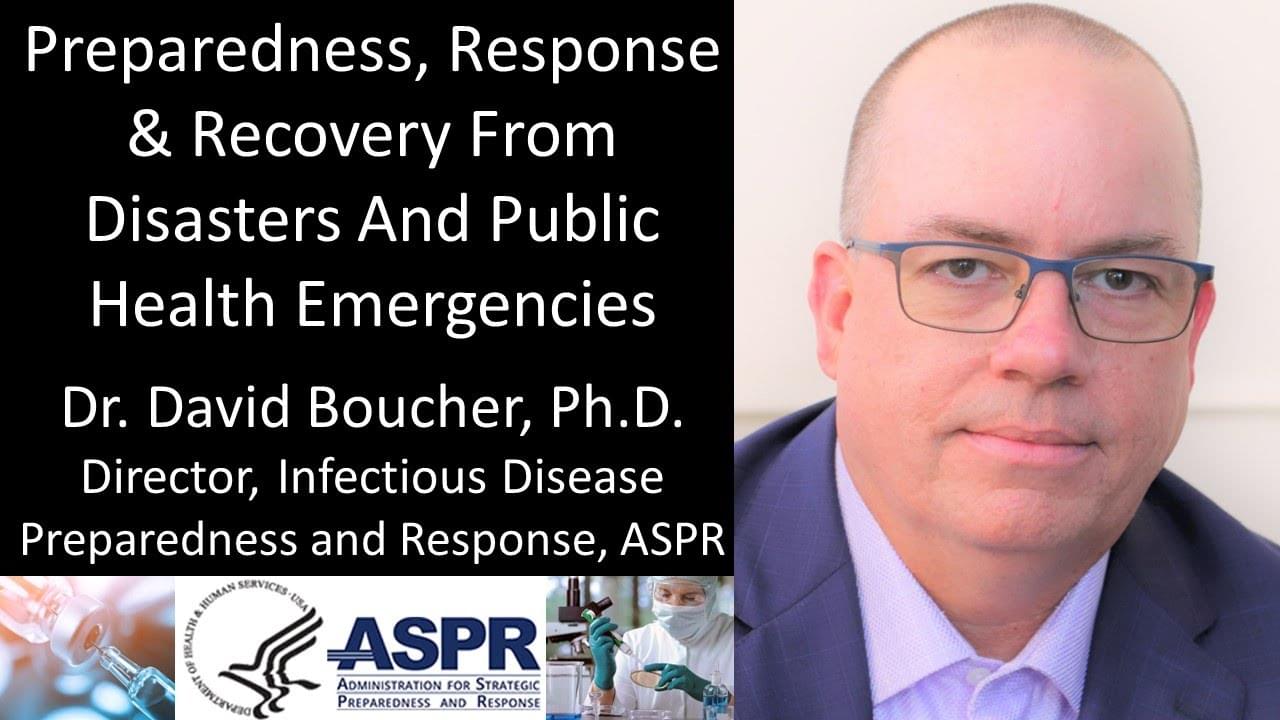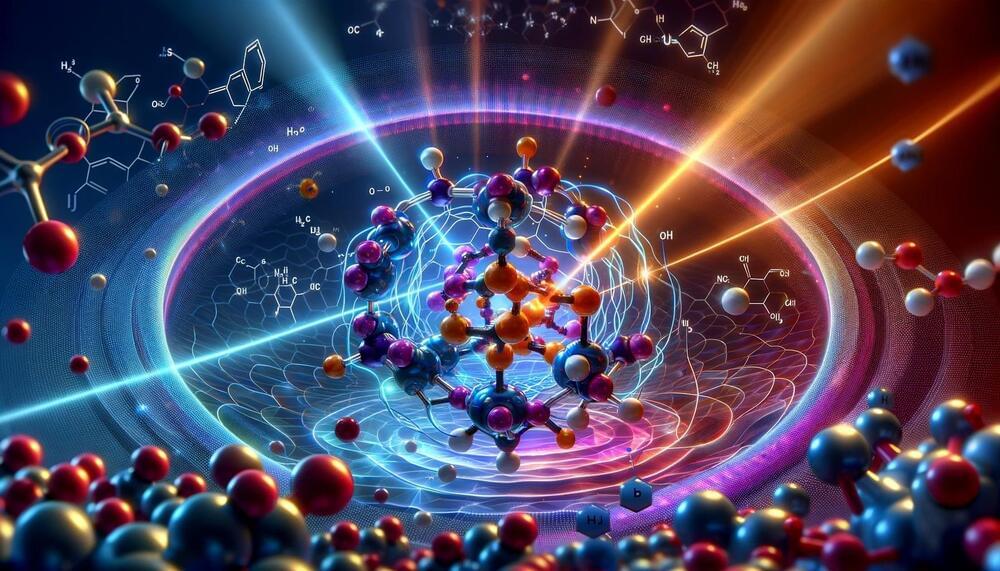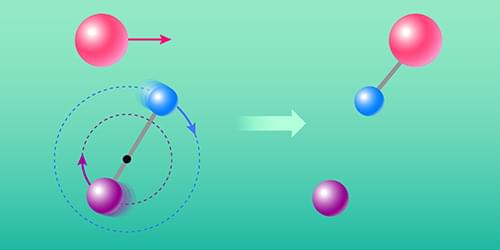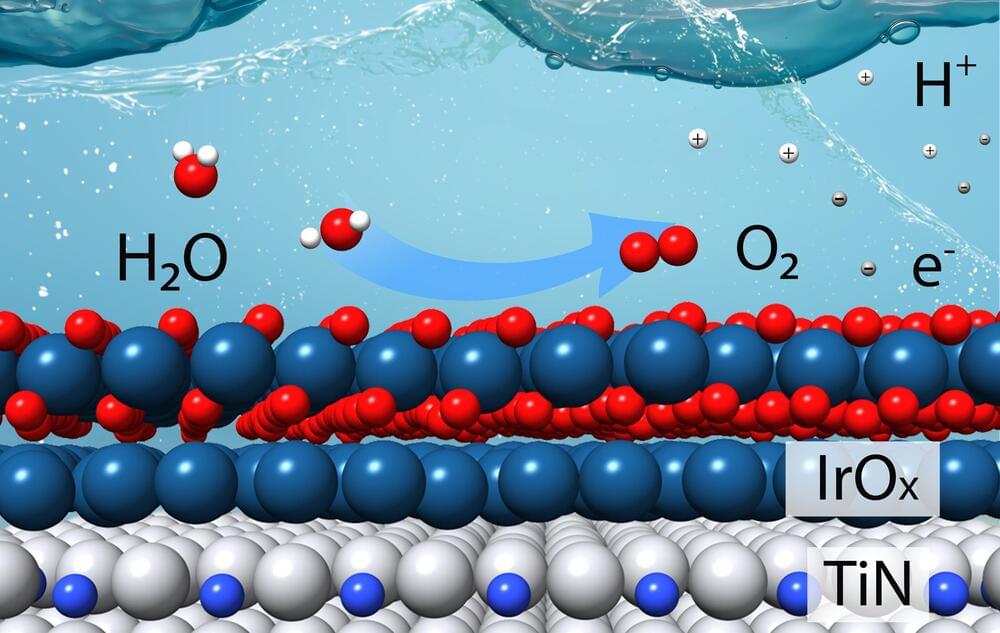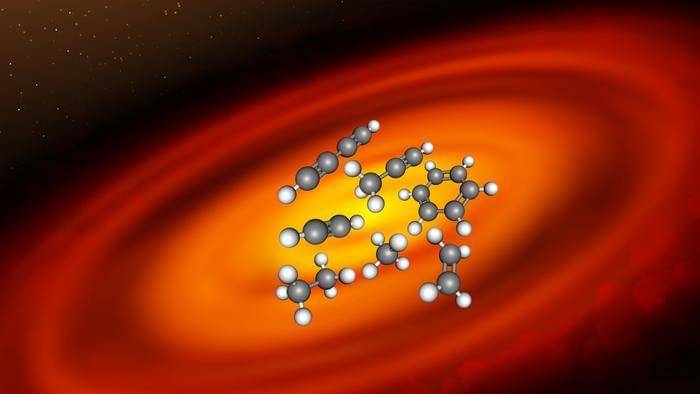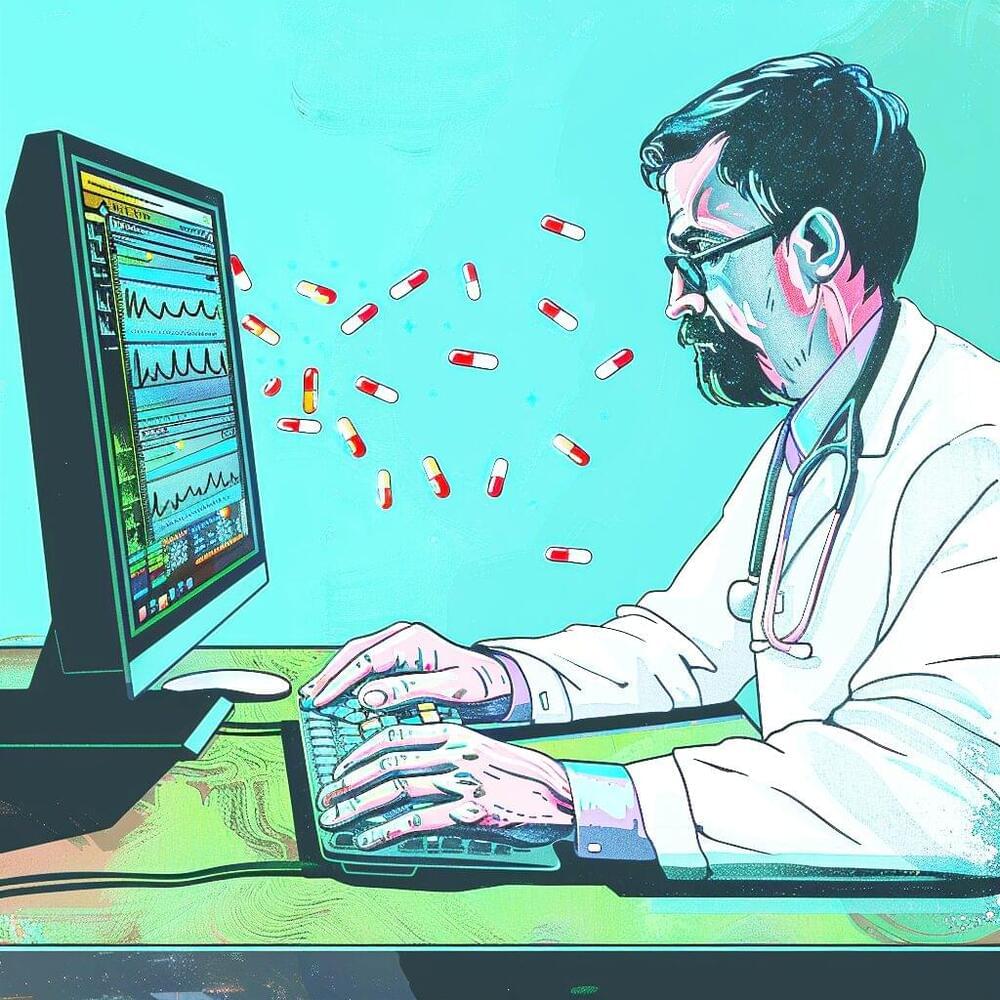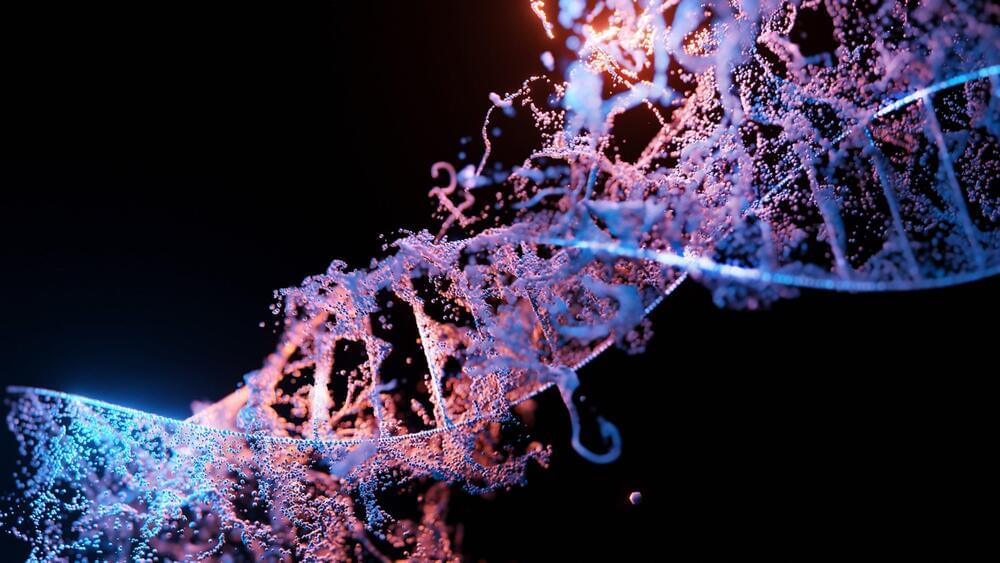Jun 12, 2024
Dr. David Boucher, Ph.D. — Director, Infectious Disease Preparedness and Response, ASPR, U.S. HHS
Posted by Ira S. Pastor in categories: biotech/medical, chemistry, genetics, health
Is Director, Infectious Disease Preparedness and Response, Administration for Strategic Preparedness and Response, U.S. Department of Health and Human Services (https://aspr.hhs.gov/Pages/Home.aspx).
The HHS Administration for Strategic Preparedness and Response (ASPR) leads the nation’s medical and public health preparedness for, response to, and recovery from disasters and other public health emergencies.
ASPR collaborates with hospitals, healthcare coalitions, biotech firms, community members, state, local, tribal, and territorial governments, and other partners across the country to improve readiness and response capabilities.
